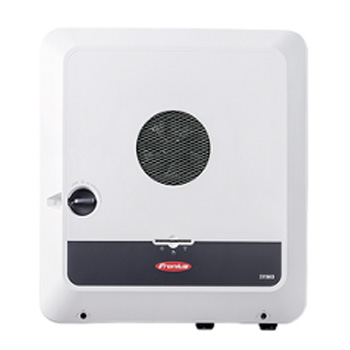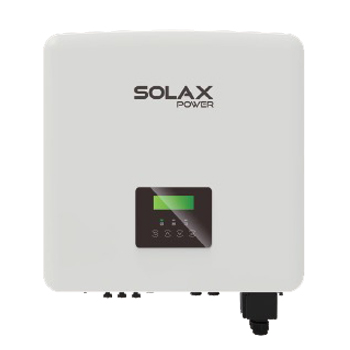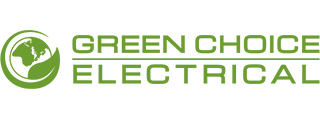Solar Power Inverters
What does a Solar Power Inverter do?
In simple terms your solar power inverter converts DC (direct current) voltage from your solar cells into AC (alternating current) which can power your home.
Solar Inverters come in the form of either one central inverter, or a multiple number of smaller units called micro-inverters.
In either case, the inverters’ role is to convert the Direct Current (DC) electricity which has been produced by the solar panels into Alternating Current (AC) electricity which is then directed to the switchboard, where electricity is then drawn from to power the home or business.
The solar inverter is an electronics / electrical device that is logically positioned between your solar power cells and your electricity meter.
Additional features that solar inverters can include are as follows;-
- Single or 3 Phase Power
- Wifi connectivity for reporting of solar power system performance
- Support for battery storage
- Single or Multiple MPPT (Maximum Power Point Tracker)
- Rated for either indoor or outdoor installation
What is MPPT and Why a Dual MPPT System is Important
MPPT or maximum power point tracker is a (DC-DC converter) circuit that consistently maximises the power return from the connected solar cells.
A Dual MPPT solar inverter allows for the connection of two chains of solar power arrays. This is important for installations where solar cells are located in different locations on your roof facing different directions.
In some cases inverters are also available with 3 MPPTs.
As the sun moves across the sky during the day a dual MPPT inverter will deliver maximum power return from the two arrays of connected solar cells.
Solar Battery Connectivity
Although the cost justification for the installation of solar power battery storage in your home is not quite there as yet, as time moves ahead and manufacturing volume increases the price per unit will likely decrease and more purchasers may select this option.
We recommend that you purchase a solar inverter that already features the ability to upgrade to adding battery storage in the future should you not decide to purchase the battery up front.
Key Considerations When Purchasing an Inverter
Key considerations when selecting an Inverter include whether the manufacturer has representation in Australia, what is their track record for reliability, how efficient are they, what is the warranty and importantly where do they rank in terms to quality when compared to other inverters in the market.

Solar Power Inverter for Home
Depending upon the size of your house and the number of people in your family you can configure a solar inverter to provide anywhere from a low of 2kw to 15kw of power.
We find that the “sweet spot” for most family homes is in the range of 5kw to 8kw.
Commercial Solar Power
Commercial solar power installations vary significantly based upon the size of the premises and the power requirements.
Typically the electrical wiring will be 3 phase and the power output required will be in excess of those required for home systems.
Solar Power Inverters We Support & Install
Fronius Primo GEN24 Inverter

Fronius Symo GEN24 Inverter

iStore Hybrid 5000/6000 3 Phase

iStore Hybrid 5000/6000 1 Phase

Solax X1-Hybrid G4 Inverter

Solax X3-Hybrid G4 Inverter

Goodwe EH Series

Goodwe SDT G2 Series

